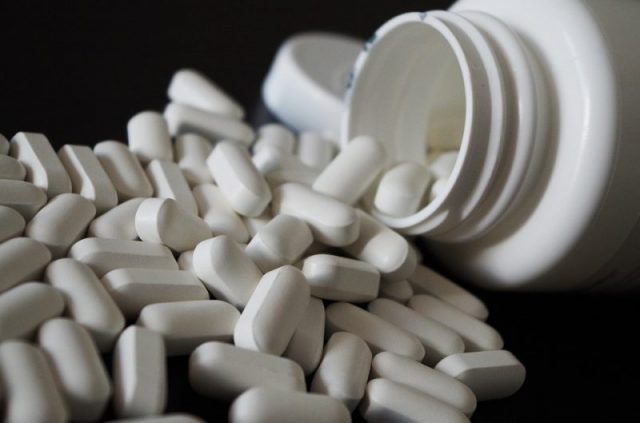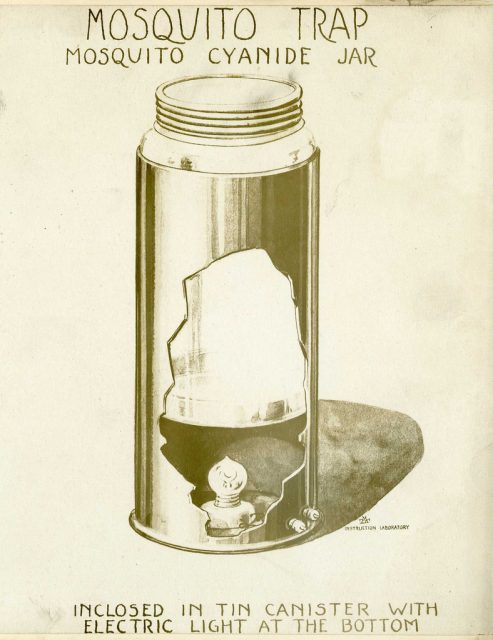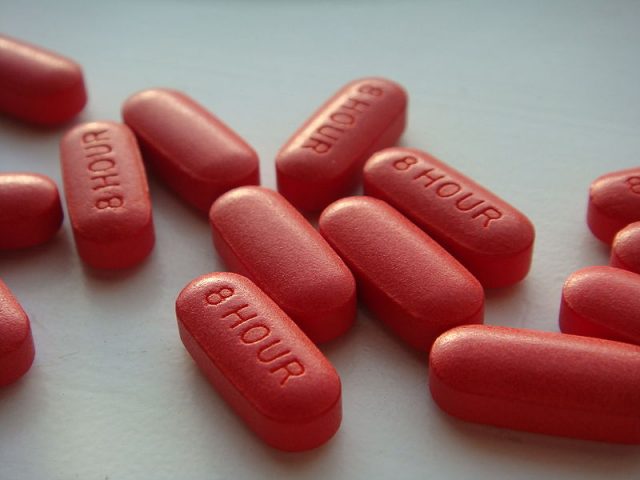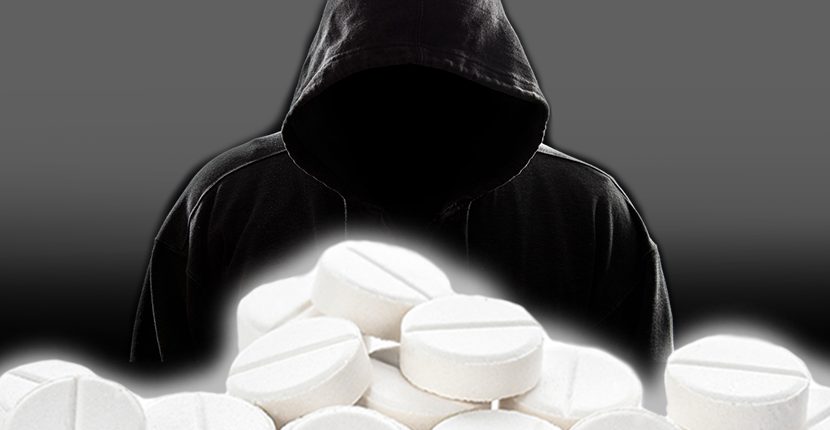You don’t hear about it much anymore, but an unsolved series of murders in 1982 changed the way people take medicine and changed their thoughts about how safe they were in the comfort of their own homes.
In Chicago that year, seven people died from ingesting Tylenol which had been laced with cyanide. In the following years, copycat crimes claimed the lives of seven more people throughout the United States. In only one case, in Washington state in 1987, was someone accused of a crime and convicted.
The “Tylenol Murders” panicked the nation, much like the case of George Metesky, the “Mad Bomber” in New York in the 1940s and 50s, when Metesky, a disgruntled man with a host of mental issues, left bombs in random locations throughout New York City, injuring 15 people. In 1982, no one was sure whether the medicine they opened would be the death of them or a cure.

The Tylenol case began when a 12-year-old girl, Mary Kellerman, from the Chicago suburb of Elk Grove, went to her parents very early in the morning on September 29, 1982, feeling ill. They gave her one extra-strength Tylenol. By 7 am, Mary was dead.
The same day claimed a second victim, 27-year-old Adam Janus who also lived in the Chicago suburbs. He was found dead in his house of what was initially believed to be a massive heart attack. His brother and sister-in-law sped to his home to console Adam’s family, and, likely due to the stress of the situation, developed headaches. They each took one Tylenol from the same bottle that Adam had used. Stanley died shortly after, and Theresa two days later.
Over the next few days, three more people died under strange circumstances: like Mary Kellerman and Adam Janus, they were all under 35 and in relatively good health. Police soon tied the deaths together: they all had ingested Tylenol pills that had been laced with potassium cyanide.

In 1980s Chicago, no one was thinking cyanide. Why would they? But the local police quickly began to put the pieces together and issued warnings for people in the Chicago area not to take Tylenol.
McNeil Consumer Products, a subsidiary of Johnson & Johnson which made the pain killer, went on media both local and nationwide and issued a recall of all Tylenol products. This meant 31 million bottles of the drug.
Just before the murders, Tylenol was considered almost a wonder drug for headaches and other minor maladies and took up 35 percent of the over the counter market. After the deaths, sales of Tylenol counted for just 8 percent – a huge hit in profit.

Over the next few weeks, other bottles that were tainted were found in Chicago grocery stores and pharmacies. Fortunately, no other deaths were attributed to poisoned Tylenol. In response to the deaths, Johnson & Johnson introduced what we now take for granted: the “tamper-proof” top under the lid of all medicines.
Related Video: The gruesome reasons behind the Red, White and Blue barber pole
https://youtu.be/i-UqZ9xfg4s
Other drug companies followed suit (some slowly), no one knowing if they were immune or the next target for a murderer still at large, or others. Other changes took place which we now take for granted. The easy to swallow “caplet”? A result of murder, the caplet being harder to penetrate than a capsule or standard pill (the medicine ingested by the victims had been in capsule form: someone opened them, added cyanide, closed them up and closed the bottle).
Despite a nationwide manhunt, no one was ever caught. One person, James Lewis, claimed to be the killer, and wrote a “ransom” type letter, threatening to kill more people unless he received $1 million. An investigation of his movements showed that he could not have been the killer. However, he did serve over a decade in prison on extortion charges.
In 1983 Congress passed the “Tylenol bill” which made it a federal offense to tamper with medicine or any other consumer products. As a matter of fact, not only did medical companies install tamper-proof seals, but other businesses, most notably food companies, began to put a seal on many of their products. That annoying seal on the ketchup and mustard? A direct reaction to the Tylenol murders of 1982. Greater controls on deadly poisons in veterinary hospitals, research facilities, etc., followed as well.

The only conviction regarding medicine tampering deaths came in 1987 when an unhappy and unstable housewife killed her husband with tainted Excedrin tablets. Not only her husband but another woman (unrelated to the married couple in any way) died from ingesting the tablets.
To this day, no one has ever been charged for the crime. Police believe the poison was added after the drug left the factory. They believe the killer took (or bought) the drugs, introduced the poison, then returned the pills to the shelf. That’s about all they know.
For a time in 1982, people were leery about almost everything they bought. Macabre jokes made the rounds. Johnson & Johnson lost millions, but they way in which they handled the crisis was a model of how to handle a bad situation, rather than what we so often read about – like the Deepwater Horizon oil spill, for example. In business schools around the world, Johnson & Johnson’s handling of the situation is taught as a model.
